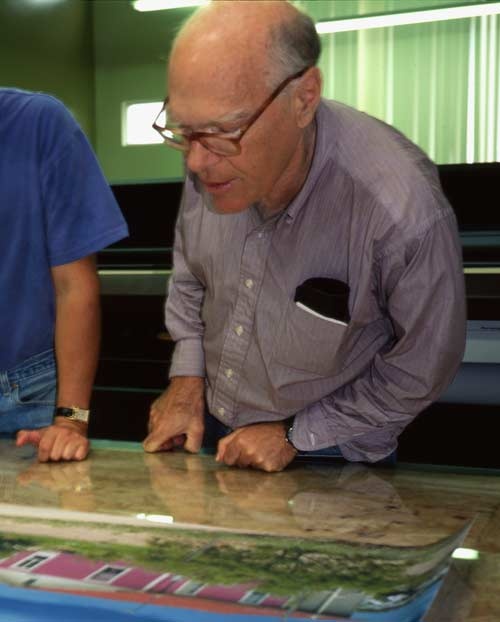Michael Asher (1943 – 2012)

We’ve just learned that Michael Asher died in his sleep last night after a long illness. It is very hard to believe that we will not again hear his infectious laugh, filled with sharp insight and generosity, as he skewers some art world pretension, or describes some student folly. That laugh was everything, explains everything; Michael devoted his work to exploring the limits of the galleries and schools and museums that give context and space for art, poking at all sorts of barriers and shibboleths with a humor that was sometimes sly, and sometimes hilarious. He removed walls and doors and windows from galleries and museum spaces, letting in daylight and air, letting out preconceptions. He listed all the works a museum might wish you didn’t know it had deaccessioned, throwing light on policies usually kept from sight. At CalArts, where he taught from the early 70s, he extended class hours beyond all reasonable expectations, to allow his students to dig deep within themselves and find their true motivation. For a winter time project in a museum in Switzerland he redirected all the heating pipes out of the galleries into the entry hall, in order to see what comfort looked like. In more recent years he has asked the Whitney Museum and the Pomona College Art Museum to stay open around the clock, inviting people to come see the art exhibitions at any time that suited them better than usual museum hours do. Over a period of decades he repeated the same gesture for Skulptur Projekte Munster: he made a work in a trailer, and then kept moving it so that you had to explore the city to find the art. He did all this with serious intent—asking people to consider, or reconsider, the ways in which they thought about art, how they valued it, what they valued it for. There was a politics at work, one that questioned the ethical roots of a system that measures art in dollars, or as a collectible. But Michael loved thinking about art, arguing about ethics and value, and above all laughing.
—Thomas Lawson
For a discussion of his unrivaled importance as a teacher, and first hand description of what his class was actually like, please see this interview with Christopher Williams, made for the Experimental Impulse show at REDCAT last year.
Photo: Michael Asher in Los Angeles proofing work for the Sao Paulo Bienal, 1998. Courtesy: Andrew Freeman.